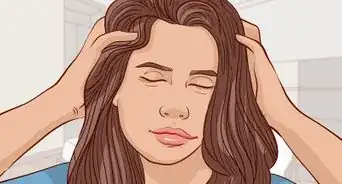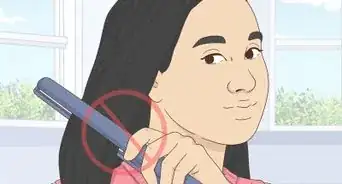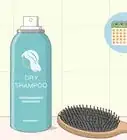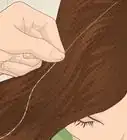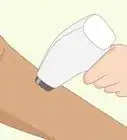This article was co-authored by wikiHow staff writer, Hannah Madden. Hannah Madden is a writer, editor, and artist currently living in Portland, Oregon. In 2018, she graduated from Portland State University with a B.S. in Environmental Studies. Hannah enjoys writing articles about conservation, sustainability, and eco-friendly products. When she isn’t writing, you can find Hannah working on hand embroidery projects and listening to music.
There are 13 references cited in this article, which can be found at the bottom of the page.
This article has been viewed 29,699 times.
Learn more...
Your scalp naturally produces hydrogen peroxide as a defense against bacteria and germs. As you get older, the hydrogen peroxide can build up in your hair, leading to lighter, less pigmented hair color, or even gray hair.[1] While hydrogen peroxide buildup may contribute to gray hair, there aren’t many proven ways to reverse it, even if you remove the hydrogen peroxide from your scalp. If you do have gray hair, you can minimize its appearance or simply embrace it to show off your natural coloring. With that said, it is possible to remove hydrogen peroxide from your hair using catalase shampoo, and we'll walk you through how to do it below.
Steps
Using Catalase Shampoo
-
1Squirt a quarter-sized amount of catalase shampoo into your hands. Catalase may remove hydrogen peroxide from hair, so you can try a shampoo with this ingredient and see if it helps minimize your gray.[2] You don’t need a ton of catalase shampoo to saturate your hair, so start with a little bit at first. Spread the shampoo in between your palms for an even coverage.[3]
- You can find catalase shampoo for around $25 from most drug stores. Make sure it has “catalase” or “pseudocatalase” as the main ingredient.
- Common brands include Rise-N-Shine and Best Earth.
- The cream form of catalase products is better for skin application.
-
2Rub the shampoo into your wet hair. Focus on the roots and your scalp, as that is where the hydrogen peroxide is produced. Lather the shampoo onto your hair to make sure it gets every strand of hair.[4]
- Depending on how long and thick your hair is, you may need to add more shampoo.
Advertisement -
3Let the shampoo sit for 5 minutes, then rinse it out. The catalase shampoo will work to break down the hydrogen peroxide in your hair so that it turns into water and oxygen. After about 5 minutes, rinse it out of your hair with lukewarm water and continue on with the rest of your showering routine.[5]
- The catalase shampoo breaks down the hydrogen peroxide in your hair to slowly remove it over time.
-
4Use the shampoo once a day to reduce the hydrogen peroxide in your hair. Catalase shampoo is safe to use every day, and you can even use it twice per day, if you’d like to. It will slowly work to break down the hydrogen peroxide buildup in your hair over time.[6]
- While catalase shampoo may help to reduce the amount of hydrogen peroxide in your hair, it cannot reverse gray hair color.
Minimzing Gray Hair
-
1Add vitamin B supplements to your diet. If you’re low on vitamins B6 and B12, you may be more likely to have gray or white hair. Try taking 1 vitamin B supplement per day to increase your intake and encourage your hair follicles to produce pigment.[7]
- Vitamin B can be found naturally in legumes, beans, whole grains, potatoes, and bananas.
-
2Eat foods with copper in them to improve your melanin production. Copper helps your hair follicles produce melanin, or the pigment that colors your hair.[8] Try to eat shellfish, seeds, nuts, and whole grains to get about 1.2 mg of copper per day.[9]
- If you are taking a zinc supplement, it could interfere with your body’s ability to absorb copper from your diet.
-
3Wash your hair with gray hair shampoo. Gray hair shampoo contains vitamins and minerals that improve the health of your hair over time. Make sure your shampoo includes amino acids and nut oil extracts to improve the overall shine and gleam of your hair.[10]
- You can find gray hair shampoo at most beauty supply stores.
- Some shampoos claim to completely reverse gray hair over time. However, no shampoo can guarantee that, so you shouldn’t expect to remove your gray hair entirely with shampoo.
-
4Cover your hair when you’re in the sun. When you have a large buildup of hydrogen peroxide in your hair, it can react with UV rays and bleach your hair faster, leading to more gray or white hairs. When you go outside, put on a hat or a headscarf to protect your hair follicles and keep them healthy.[11]
- You can also use an SPF hair spray before you go outside.
-
5Incorporate an exercise routine into your lifestyle. Try to add in 300 minutes of moderate level exercise to your routine per week. You can walk, jog, swim, hike, or bike to get your activity up. Staying active improves your overall health and can lead to healthier, more pigmented hair strands.[12]
- If you’re not used to exercising, ease into it slowly to avoid injuring yourself.
-
6Lower your overall stress levels. High levels of stress in your daily life can lead to gray hair, especially if your high stress levels are chronic or long-term. Try meditating, exercising, or practicing self-care to lower your stress levels on a daily basis.[13]
- Stress relief looks different for everyone, so you may have to try out a few different methods before you find the right one for you.
- Long-term stress can also negatively impact your overall health, not just your hair.
-
7Quit smoking for healthier hair. Smoking cigarettes leads to poorer health overall, which can prematurely age both your body and your hair. If you smoke, try to quit by weaning yourself off of cigarettes using nicotine patches or nicotine gum.[14]
- Quitting smoking can be tough, and it might take you a few attempts to quit fully.
- Not smoking anymore can lead to improvements in your overall health, not just your hair.
Warnings
- A study in 2013 claimed that using a PC-KUS cream could reverse gray hair; however, this study has been disproven.⧼thumbs_response⧽
- Catalase supplements have not been approved by the FDA, and there is no scientific evidence to prove that they decrease the hydrogen peroxide in your hair.[16]⧼thumbs_response⧽
References
- ↑ https://www.sciencedaily.com/releases/2009/02/090223131123.htm
- ↑ https://www.britannica.com/science/catalase
- ↑ http://www.blakestah.com/pseudocatalase/pseudocatalase.pdf
- ↑ http://www.blakestah.com/pseudocatalase/pseudocatalase.pdf
- ↑ http://www.blakestah.com/pseudocatalase/pseudocatalase.pdf
- ↑ http://www.blakestah.com/pseudocatalase/pseudocatalase.pdf
- ↑ https://www.health.harvard.edu/blog/hair-turn-gray-2017091812226
- ↑ https://lpi.oregonstate.edu/mic/minerals/copper%20
- ↑ https://www.nhs.uk/conditions/vitamins-and-minerals/others/
- ↑ https://www.businessinsider.com/just-for-men-shampoo-that-gets-rid-of-gray-hair-2017-2
- ↑ https://www.youtube.com/watch?v=kyk41i9BbyA&feature=youtu.be&t=65
- ↑ https://www.youtube.com/watch?v=XLIGepnY3wI&feature=youtu.be&t=326
- ↑ https://www.nih.gov/news-events/nih-research-matters/how-stress-causes-gray-hair
- ↑ http://www.idoj.in/article.asp?issn=2229-5178;year=2013;volume=4;issue=2;spage=90;epage=92;aulast=Zayed
- ↑ https://newsnetwork.mayoclinic.org/discussion/discovery-gray-hair-gene-identified/
- ↑ https://www.ftc.gov/news-events/press-releases/2015/05/ftc-challenges-marketers-baseless-claims-their-supplements
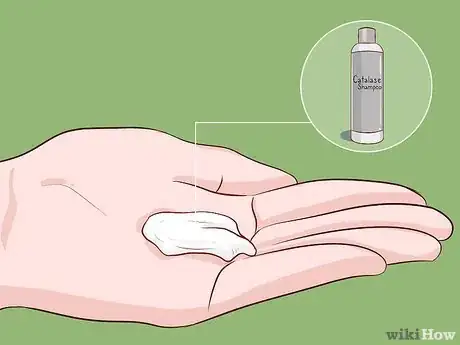
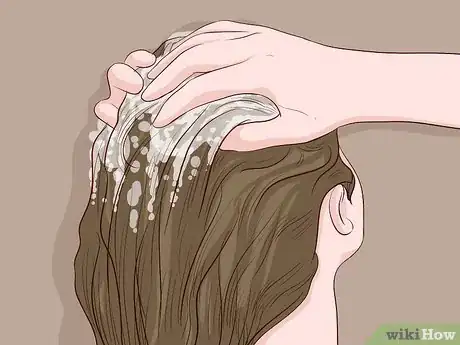
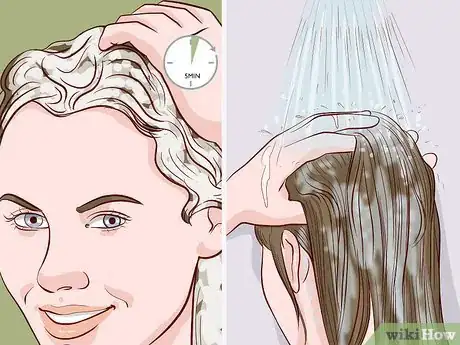
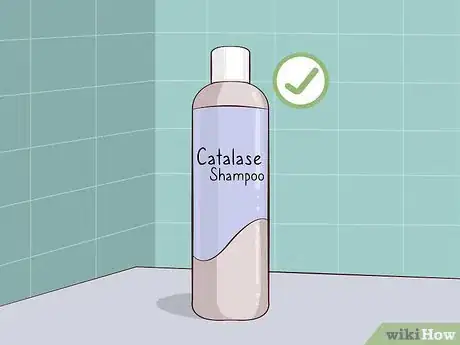
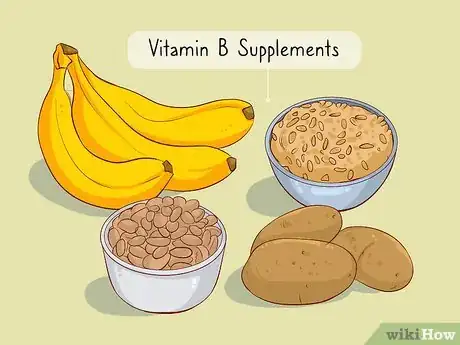
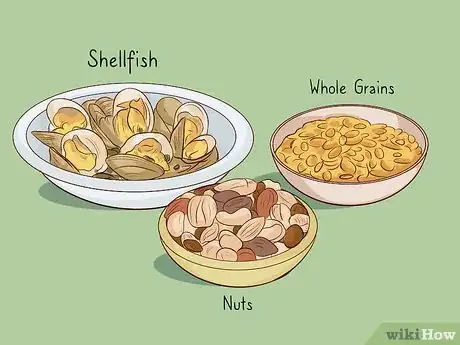
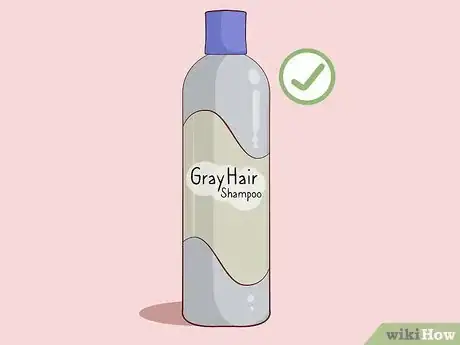
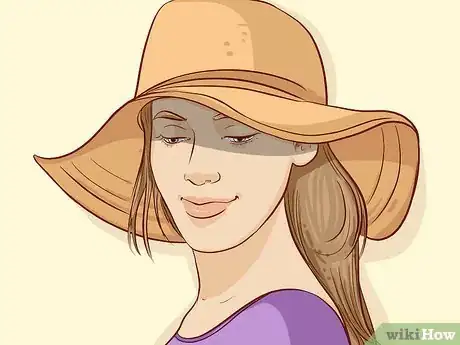
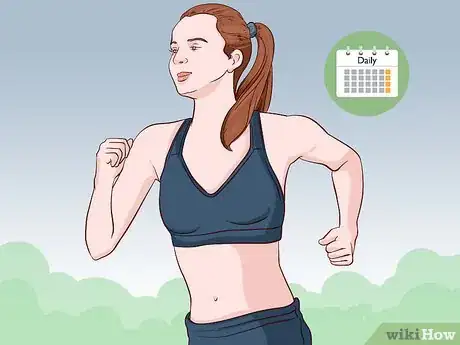
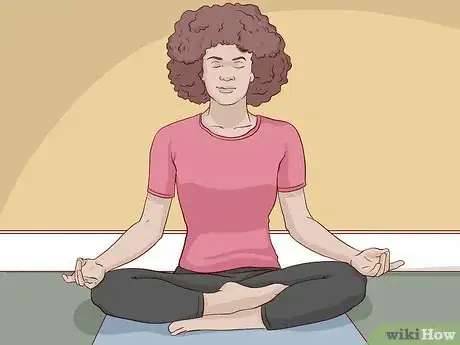
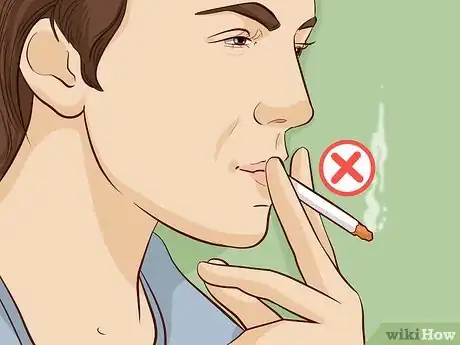
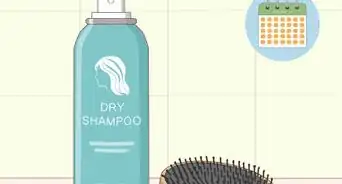
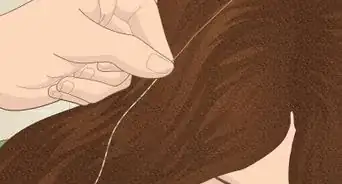

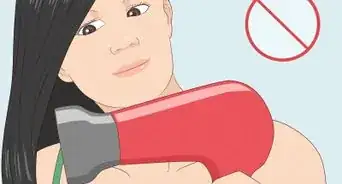
-Step-1-Version-8.webp)
